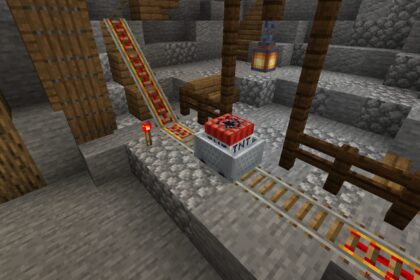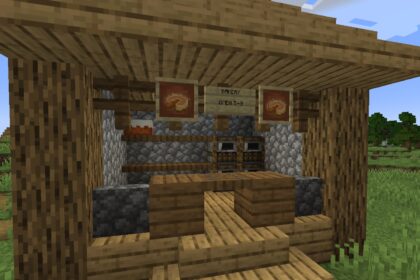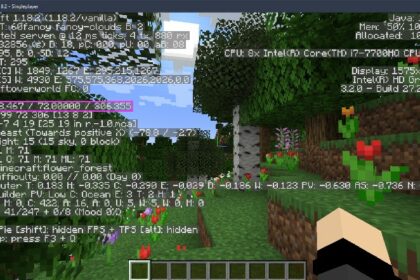Exploration in Minecraft is a way of finding new zones around your home base, searching for loot, and growing your level. You can get many random encounters when exploring, one of which is stumbling into a dungeon.
Finding a dungeon in Minecraft is pretty convenient; this type of site often has valuable loot, various enemies, extensive area, and connection to useful mining tunnels.
Although not entirely rare to find, you can spend an extended portion of your gameplay without locating a dungeon. After all, it’s considered a treasure location, making it not so easy to find.
Here are all of our best tips on how to find dungeons in Minecraft.
Dungeons
First, let’s discuss the role of dungeons in Minecraft and what kind of things we should expect after finding one.
The dungeon is identified as a “monster room”, meaning that it’s some form of building that fosters various creatures. In Minecraft, this type of room often assigns itself to a spawner, which creates an individual mob (spiders, skeletons, zombies).
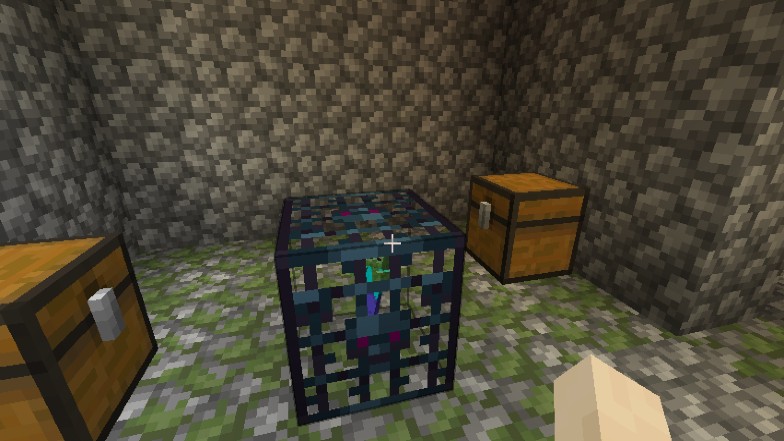
The game only features dungeons in the overworld. Therefore, do not expect to find these buildings in the nether or the End.
Identifying a Dungeon
Identifying a dungeon in Minecraft is pretty straightforward; they all follow the same structure setting.
Take note of the building’s walls and floors. A dungeon often features cobblestones and mossy cobblestones on all of its surfaces.
More specifically, dungeons have a 75% cobblestone generation chance on their structure. So, pay attention to this specific type of block.
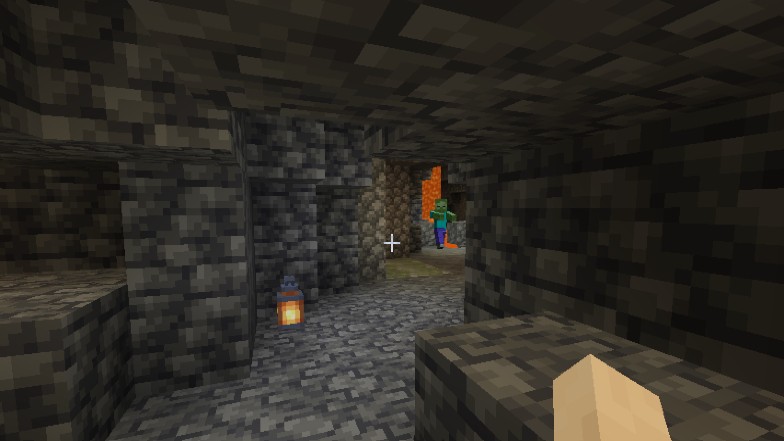
After observing if the dungeon’s structure follows the pattern above, search for a mob spawner in its interiors. The chance of a dungeon not containing a mob spawner is pretty thin.
Dungeons often contain up to two chests in the interior of their structure. But beware, there’s also a slim chance of the building being completely empty inside.
The mob spawner always sits in the room’s center, while the chests rest on the structure’s walls.
How They Generate
Minecraft’s generation algorithm hugely impacts the predominance of dungeons. The game makes up to eight attempts to generate a dungeon for each chunk it loads. Every attempt calculates a distinct location and size for the structure.
This calculation considers many criteria, such as:
- The site must have a solid floor area to foster the dungeon.
- The area’s ceiling blocks must be of solid material.
- The dungeon’s potential location must contain 1-5 floor-level openings. Hence, why they typically connect themselves to caves.
If the chunk is suitable to fit a dungeon, the game starts to generate chests, rooms, and mob spawners. Nevertheless, these blocks also follow some criteria to appear successfully.
The mob spawner can assign itself to generate either a zombie, skeleton, spider, or zombie villager. These are the chances for each mob:
- Zombies: 50%
- Skeletons: 25%
- Spiders: 25%
- Zombie Villagers: 5%
Loot
The dungeon’s chest contains various items, ranging from rare treasures to standard junk. Among the rarest finds, you might get:
- Enchanted Golden Apple: 3.1%
- Golden Apple: 21.5%
- Music Disc (Otherside): 3.1%
- Diamond Horse Armor: 7.6%
- Enchanted Book: 14.7%
- Saddle: 27.9%
Now, for common junk, you might get:
- Bone: 57.8%
- Rotten Flesh: 57.8%
- Gunpowder: 57.8%

Finding a Dungeon
Now that we know how Minecraft’s algorithm operates to create dungeons, it’s time to venture out there with a positive mindset.
Firstly, as we’ve discussed before, dungeons have solid ceilings. Therefore, you’ll either find them inside mountains or in caves. In this sense, batting an eye inside deep openings in the terrain might be fruitful.
Still, ensure that the opening leads to a spacious interior. Dungeons always require a bit of space, making little caves inadequate. So, prioritize deep large underground tunnels, big entrances, and caves with many internal ramifications.

After spotting an ideal cave entrance, start exploring it.
Inside, keep an eye out for cobblestones, especially the mossy ones. There’s no other reason a mossy cobblestone would be inside a cave apart from being part of a dungeon; they’re certain giveaways.
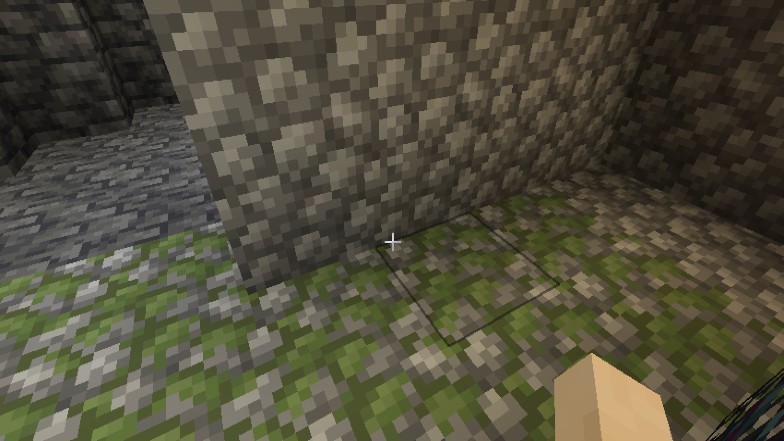
The most common dungeons you’ll find are connected to abandoned mines.
Therefore, keep an eye out for wooden structures, pillars, railways, and carts since abandoned mines always feature them.
Another giveaway that you’re coming into contact with a dungeon is if you spot blocks of spider webs. These blocks do not generate inside typical caves, even if there are spider mobs inside; they only appear inside ruins, dungeons, and abandoned structures.
Furthermore, dungeons emit specific noises, so crank the volume up a notch and pay attention to particular sounds. For example, since these structures typically generate mob spawners, it’s not uncommon for them to show a massive number of mobs.
In Minecraft, every mob emits a noise.
So, large groups of enemies in an area will create a distinctive sound. Therefore, try listening to a large influx of mob sounds, which might indicate a near mob spawn.
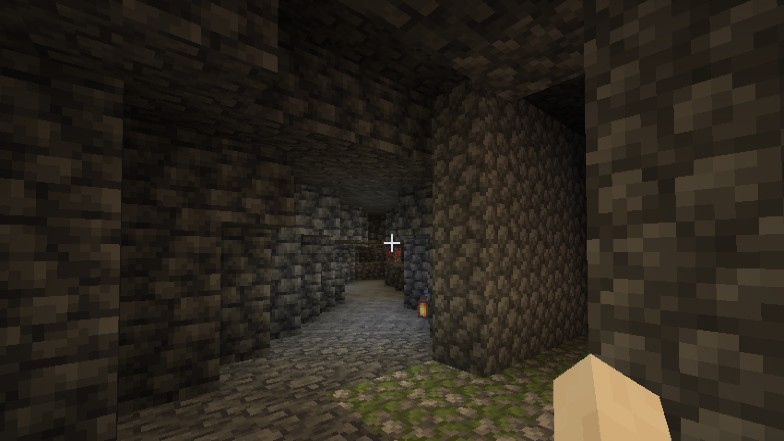
Finding a dungeon might be more manageable for people with not-so-demanding PCs through a loading bug. On my old device, I found out that some surface blocks wouldn’t load in time whenever traveling quickly through the map, appearing invisible.
But, underground dungeon blocks would, for some reason, load faster.
Therefore, because of my slow computer, I would be able to see what was loading below surface level as if I had an x-ray vision for a few seconds.
Using Third-party Tools
Apart from what we already discussed, there aren’t any other known methods to quickly spotting a dungeon while playing. So you’ll have to stick with exploring and venturing into caves and openings.
However, if you want to avoid this type of chore, you can use third-party tools that focus on informing you about dungeon locations.
The Dungeon Finder Tool is an online means of finding dungeons inside your Minecraft world. The tool works by reading your world’s seed and generating a report indicating the location of dungeons on your map.
The tool works effectively with any world seed.
Different options of third-party tools include the website “minecraftseeds“, which is a compilation of world seeds that other players have already explored and noted the nearby dungeons, events, and loots.

